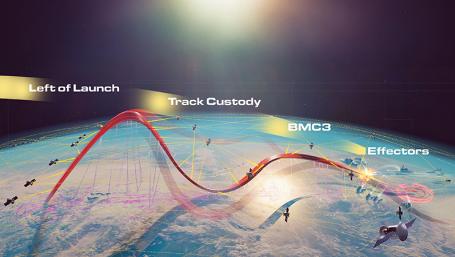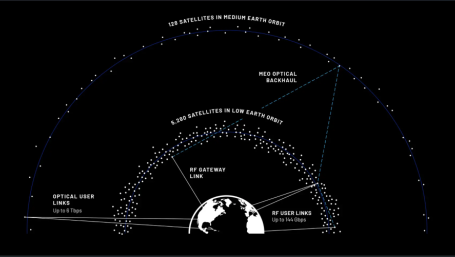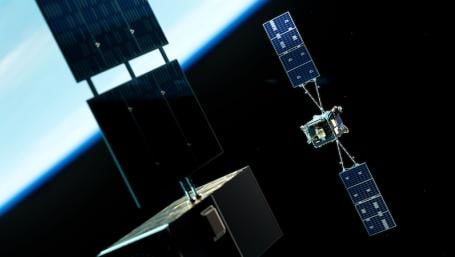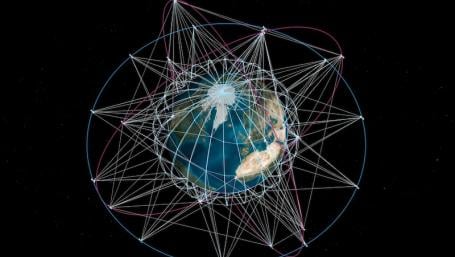Satellites
Communications and remote sensing technologies are the biggest markets for military and commercial satellites. Satellite communications systems enable data transmission even in remote places on Earth and, for the military, facilitating seamless command and control operations. Remote sensing satellites equipped with advanced sensors gather invaluable data about Earth's surface and atmosphere, supporting applications like environmental monitoring, weather forecasting, and natural resource management. As the space industry evolves, in-orbit servicing has emerged as a potential game-changer. This innovative technology allows specialized spacecraft to rendezvous with and service operational satellites, extending their lifespan and reducing space debris. Satellite servicing vehicles can perform tasks like refueling, repairing, and even upgrading components, maximizing the value of existing space assets and enabling more sustainable space operations.







